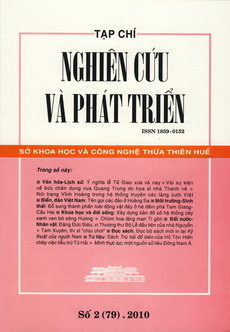Chùm hoa lãng mạn Ti gôn/The Romantic Flowers Antigonon
Tóm tắt
Vào khoảng giữa năm 1937, tuần báo Tiểu thuyết thứ bảy ở Hà Nội có đăng một truyện ngắn “Hoa Ti-gôn” kể chuyện tình bi đát của một anh họa sĩ trẻ tuổi. Anh đã thấy cô nàng vít một cành hoa ti gôn màu đỏ trong một biệt thự, rồi trở lại nhiều lần nhưng không khi nào gặp lại được nàng. Sau này gặp lại thì nàng đã lấy chồng..., sau câu chuyện này, một loạt bốn bài thơ ký tên T.T.Kh., bài đầu tựa đề “Hai sắc hoa ti gôn” được đăng trên nhiều báo, ai oán, não nùng, lột tả những đau xót của một ngưòi con gái xa người yêu đi lấy chồng, nhưng không ai biết nàng là ai.
Ti gôn là tên Việt hóa một cây nguồn gốc Nam Mỹ. Nhờ những tính chất chống đau, chống viêm, chống siêu trùng, bài niệu, giải độc, cây đã được dùng để chữa một loạt bệnh viêm: viêm thận, viêm gan, viêm kết tràng… Người ta cũng dùng cây ti gôn làm thức uống hay khảo cứu cách đường hóa và lên men để sản xuất ethanol với nhiều chủng enzym.
ABSTRACT
In the middle of the year 1937 a story about the unfortunate love of a young painter was published in the Saturday Novel. He noticed a beautiful girl behind the red flowers of tigon in a garden near Hanoi. He was coming back several times to see her untill she disappeared. Later he met her married... After this story, four nice nostalgic poems were brought or sended by a woman, probably young, in different magazines with the same theme: an uncompleted love, by the flower tigon, but the identity of their author stay unknown still now.
Tigon is the Vietnamese name of coal vine, or Mountain Rose, or Antigonon leptopus native of South America. The tubers and flowers are sonsumed as food in several parts of the world. The aeral portion, including flowers, enter in the preparation of tea used as a cold remedy. Many traditional Chinese medicine with antiviral, anti-inflamatory, and detoxiating effect, are manufactured with this plant.

